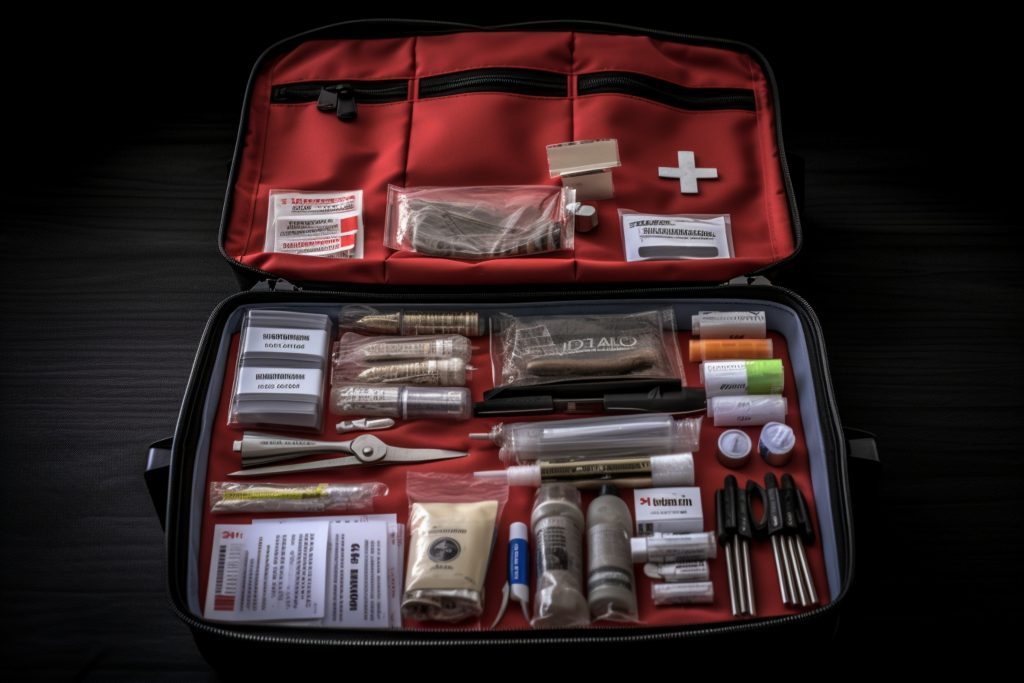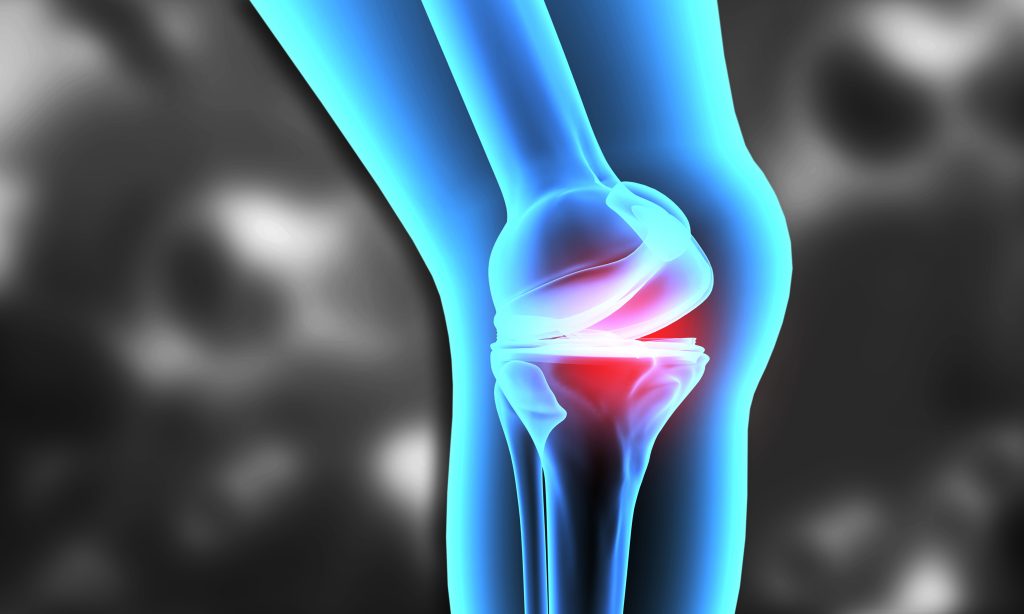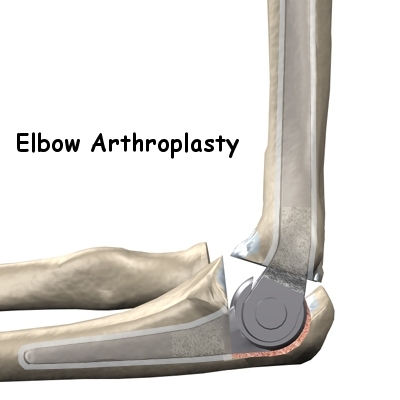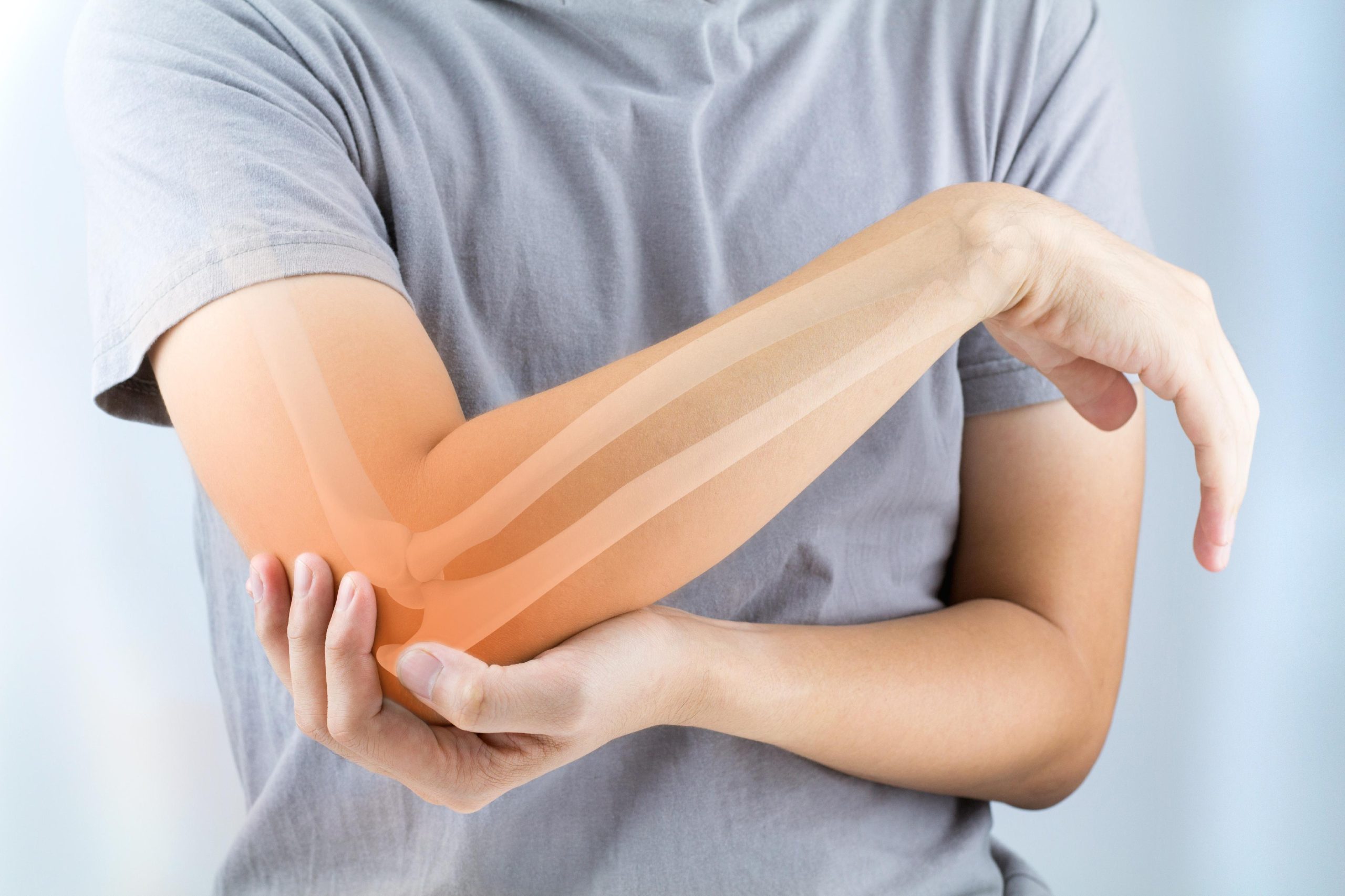
MediSphere
International
- Home
- Products
These products play a crucial role in the field of medicine, assisting individuals who have experienced organ failure, physical disabilities, or other health conditions that require external support. The development and use of medical replacement products have significantly improved the quality of life for many patients, enabling them to regain lost functionalities and enhance their overall well-being.



- About us
- Contact us
- Home
- Products
These products play a crucial role in the field of medicine, assisting individuals who have experienced organ failure, physical disabilities, or other health conditions that require external support. The development and use of medical replacement products have significantly improved the quality of life for many patients, enabling them to regain lost functionalities and enhance their overall well-being.



- About us
- Contact us






